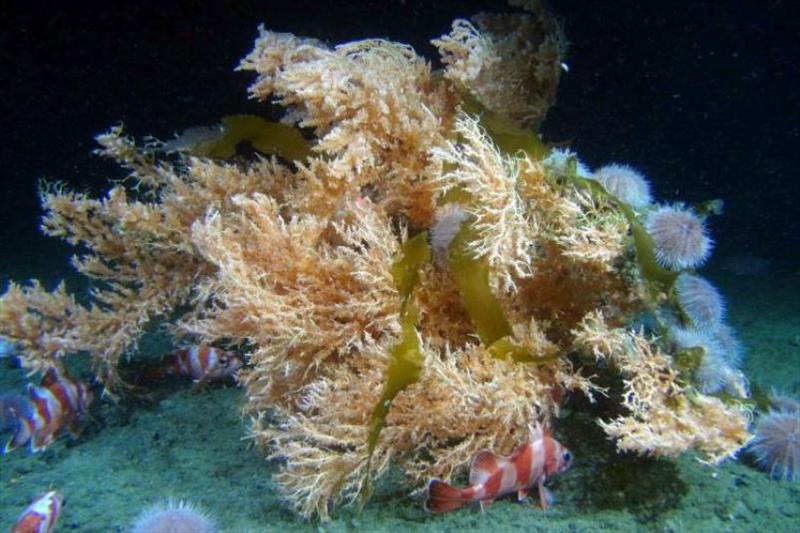
Innovation to learn more about Alaska's deep-sea corals and the species that live there
by NOAA Fisheries 24 Jun 2022 14:11 UTC

Alaska's Deep-Sea Corals © NOAA Fisheries
Over the next four weeks, scientists on the R/V Woldstad will collect seafloor images from a specially designed stereo-camera system and water samples for environmental DNA (eDNA) analyses at up to 300 sites.
The primary objective of this research expedition is to collect density and size estimates for deep-sea corals and sponges at randomly selected sites and document species associations with fish and other invertebrates.
Scientists will also collect eDNA from seafloor water samples to document fish and invertebrate presence and associations. This data will be compared to the seafloor imagery observations.